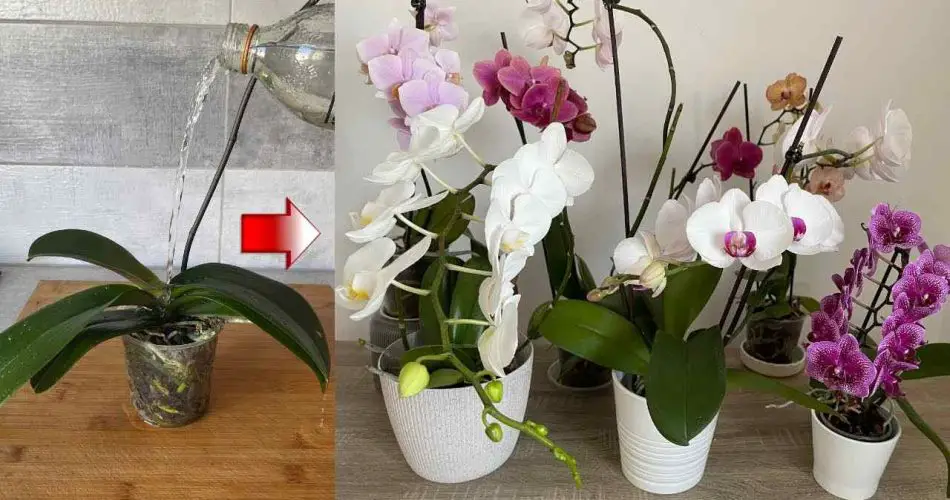Wattle weaving has been used for centuries to create sturdy, beautiful structures. By intertwining flexible branches or twigs, primarily from willow or hazel, you can create a durable and aesthetically pleasing raised garden bed.
Materials Needed

- Flexible branches or twigs (willow or hazel are ideal)
- Sturdy stakes (about 2 feet longer than the desired height of the bed)
- Hammer or mallet
- Pruning shears
- Garden gloves
- Measuring tape
- Soil and compost mix
Step-by-Step Guide
1. Planning and Design
- Determine the size and location of your raised bed. Ensure it receives adequate sunlight based on the plants you intend to grow.
- Sketch a rough design, including dimensions and shape.
2. Preparing the Site
- Clear the area of weeds and debris.
- Level the ground where the bed will be placed.
- Mark the outline of the bed using string or chalk.
3. Gathering Materials
- Collect long, flexible branches or twigs. Willow and hazel are preferred for their flexibility and strength.
- Cut the branches into uniform lengths, considering the height and circumference of your bed.
4. Installing Stakes
- Cut the stakes to the desired length (height of the bed plus 2 feet).
- Hammer the stakes into the ground at regular intervals around the perimeter of the marked area, leaving about 2 feet of stake protruding above ground.
5. Weaving the Wattle
- Start at one corner, weaving the flexible branches horizontally between the stakes. Alternate the side each branch starts on to create a sturdy interlocking structure.
- Gently bend the branches as needed and weave them tightly.
- Trim excess lengths with pruning shears.
6. Building Up the Walls
- Continue adding layers of woven branches until the desired height is reached.
- Ensure each layer is tightly interwoven for stability.
7. Securing the Top
- Tuck the ends of the final layer of branches into the weave to secure them.
- Optionally, add a more rigid border on top for a neater finish.
8. Filling with Soil
- Mix garden soil with compost to provide a nutrient-rich environment for plants.
- Fill the wattle raised bed with the soil-compost mixture.
9. Planting
- Choose plants suitable for the size of the bed and the available sunlight.
- Plant your seeds or seedlings as per their specific requirements.

10. Maintenance
- Regularly water your plants, keeping the soil moist but not waterlogged.
- Add mulch to help retain moisture.
- Prune and maintain the wattle as needed to keep it tidy and intact.
Building a wattle raised garden bed is not only a great DIY project but also an eco-friendly way to enhance your garden. This traditional technique, while time-consuming, results in a functional and attractive addition to any outdoor space.
Tips
- For longer-lasting wattles, use freshly cut, green wood.
- The flexibility of the branches is crucial for easier weaving.
- Regular maintenance of the wattle will prolong its life.
By following these steps, you can create a beautiful and sustainable raised garden bed that will serve you for years to come. Happy gardening!
Inspired by this? Share the article with your friends!


